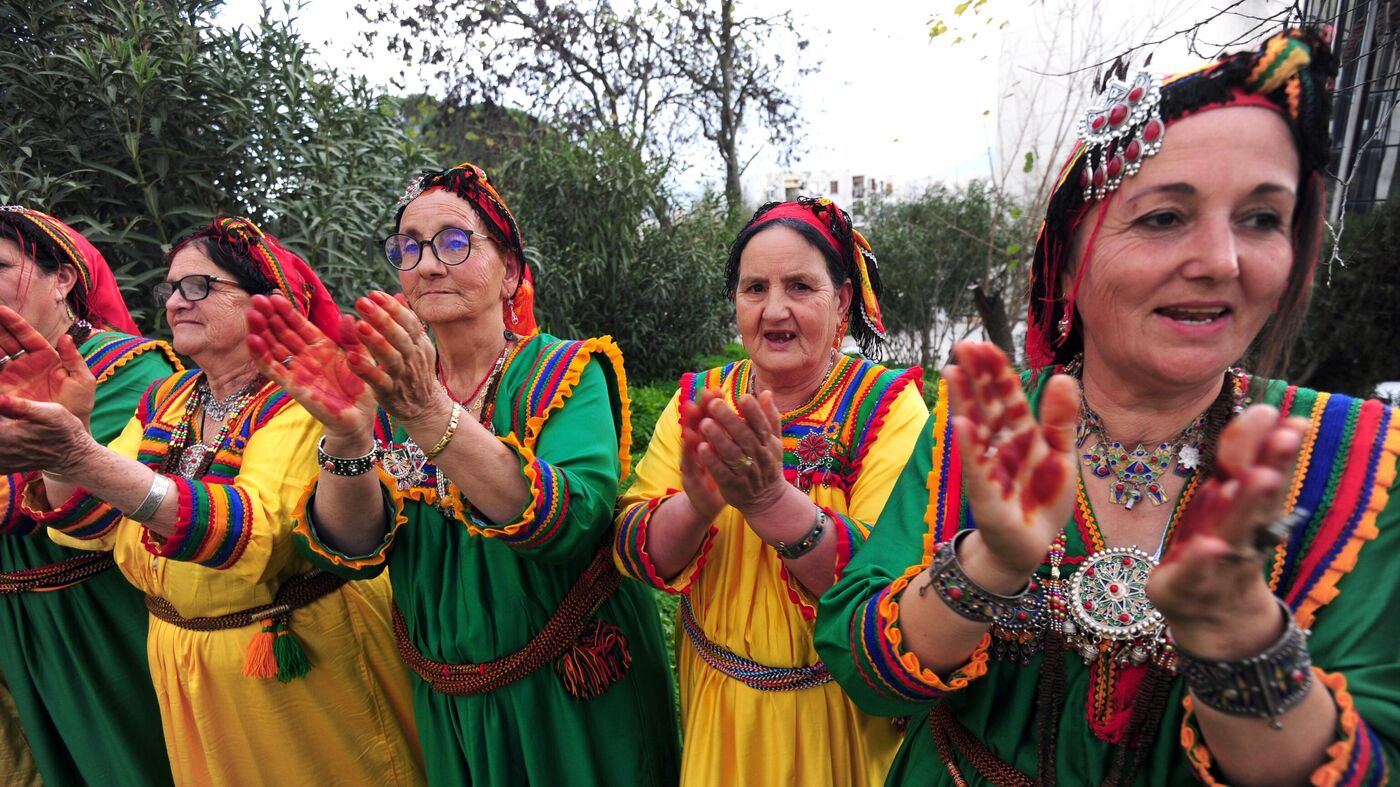Unveiling the Rich Heritage of Amaziğ – A Cultural Tapestry

The vibrant tapestry of the Amaziğ people, also known as Berbers, unveils a cultural narrative as rich and diverse as the lands they have inhabited for centuries. Rooted in North Africa, particularly in countries like Algeria, Morocco, Tunisia, and Libya, the Amaziğ community boasts a heritage spanning ancient traditions, languages, and customs that have persisted through generations.
Exploring the Essence of Amaziğ Heritage
The Amaziğ people, proud bearers of a heritage both ancient and resilient, trace their roots back to the indigenous populations inhabiting North Africa long before the arrival of Arab and European influences. The term “Amaziğ” itself originates from the ancient Egyptian word “mzg-r” or “tamazight,” signifying “free people” or “noble ones.”
Cultural Significance and Traditions
Central to Amaziğ identity are their customs and traditions, manifested through their language, which includes various dialects such as Tamazight, Tarifit, Tashelhit, and Kabyle. Language serves as a vital vessel, preserving their stories, folklore, and wisdom passed down through oral tradition.
Celebrations like Yennayer, the Amaziğ New Year, signify a bond with their ancestral heritage. It’s a time when communities come together, showcasing traditional music, dance, and feasting, while also honoring the cyclical rhythms of nature.
Political and Historical Context
Throughout history, the Amaziğ people have faced challenges to preserve their distinct cultural identity. From the Arab conquests to the modern era, where various governments’ policies often overlooked or marginalized their heritage, the struggle for recognition and preservation has been ongoing.
In recent times, efforts to revive and preserve Amaziğ culture have gained momentum. Countries like Morocco and Algeria have acknowledged Tamazight as an official language, recognizing its importance in the national fabric.
Amaziğ and Contemporary Dynamics
In contemporary society, the Amaziğ people continue to assert their presence and heritage. The recent acknowledgment of their language and culture within official frameworks marks a significant milestone towards safeguarding their traditions.
Additionally, within the context of geopolitical shifts, the Amaziğ community has found itself entwined in various dynamics. From the ongoing debates around autonomy to involvement in regional politics, their identity remains an integral part of the broader cultural mosaic in North Africa.
Challenges and Aspirations
Despite the strides made in recent years, challenges persist. Economic disparities, political representation, and the safeguarding of cultural practices remain focal points for the Amaziğ community. The push for greater inclusivity and recognition in educational, political, and societal spheres remains an ongoing aspiration.
Global Recognition and Cultural Exchange
The Amaziğ culture has gained attention on the global stage, sparking interest in its unique traditions, arts, and craftsmanship. Festivals showcasing Amaziğ music, cuisine, and art serve as platforms for cross-cultural exchange, fostering a deeper understanding of this vibrant heritage.
Conclusion
The legacy of the Amaziğ people stands as a testament to resilience, cultural richness, and the unyielding spirit of a community deeply connected to its roots. As they navigate the complexities of the modern world while cherishing their ancient customs, the Amaziğ people continue to celebrate their heritage, ensuring that their legacy endures for generations to come.
In essence, the Amaziğ cultural tapestry remains a vivid and integral thread in the vibrant mosaic of North African heritage. Its preservation and recognition not only honor the past but also enrich the diverse cultural fabric of our world today.




